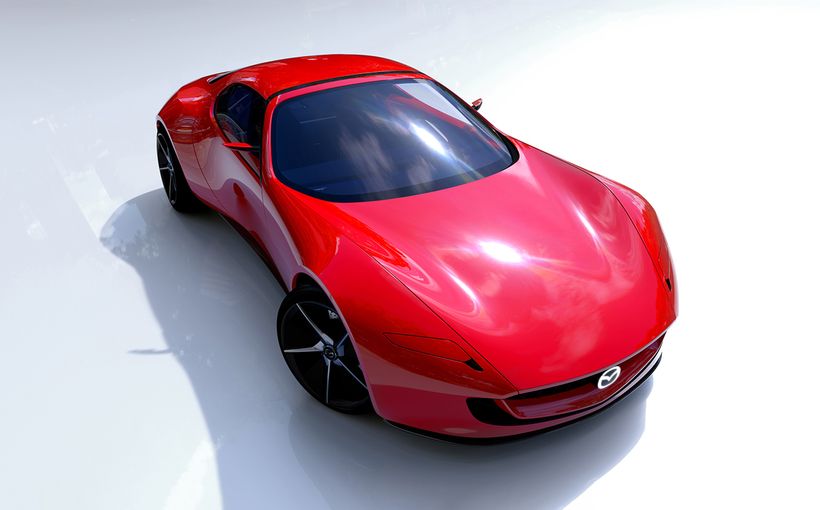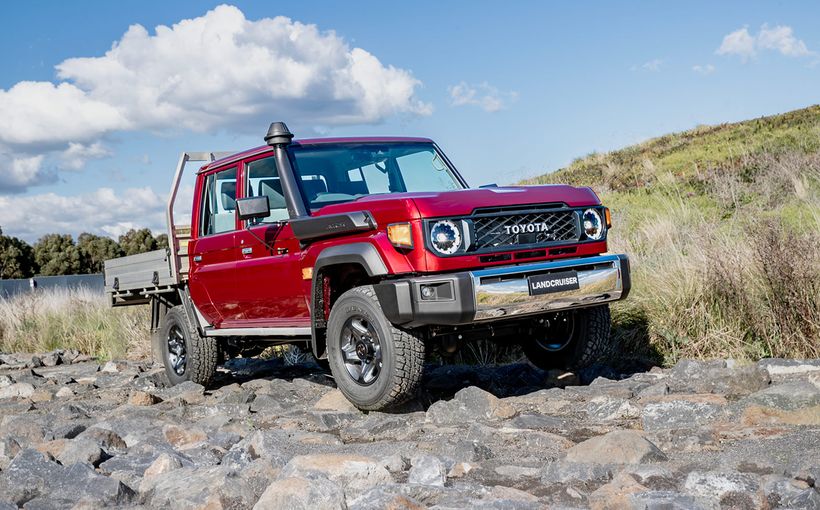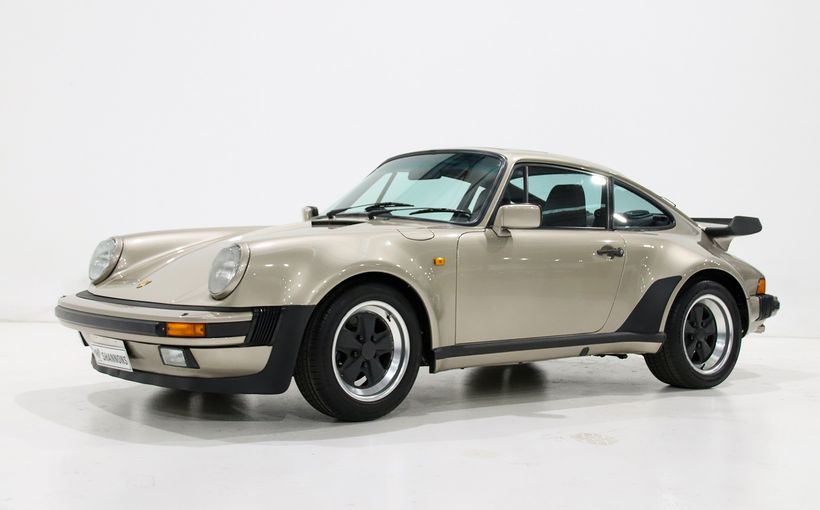Porsche spruces up top-selling Macan mid-size SUV
IT’S official – SUVs are not only big in size and stature, they are also big business as sales of high-riders overtake the traditional passenger car fare including hatchbacks, sedans and wagons.
Porsche caught onto this fact early on, deciding to produce its first Cayenne SUV in 2003 before the boom – and boom it did as the large SUV became its best-selling model ahead of the perennial 911 and cheaper Boxster/Cayman twins.
But the Cayenne has now been dethroned with the introduction of the mid-size Macan SUV, introduced in 2014 and now just shown in facelifted form.

We don’t blame you if you can’t tell the difference between the old and new though, because very little has actually changed in the refreshed Macan.
Despite the ‘facelift’ terminology, the biggest differentiator is actually in the rear, as the Macan’s tail-lights are now connected via a three-dimensional LED strip.
The front lighting system also gains an LED upgrade, while 3D adaptive technology also becomes an option, with the exterior updates, according to Porsche, reflecting the DNA of the 911 and 918 Spyder hybrid hypercar.

The inside gets a bit more of a spruce, with an 11.0-inch infotainment touchscreen replacing the dated 7.0-inch unit from before for more display real estate for the satellite navigation and digital radio.
Dubbed Porsche Communication Management (PCM), the new system mirrors the Panamera and Cayenne’s design and allows for customisation, as well as real-time traffic updates and voice activation.
As a result, the Macan’s air vents have been moved to under the screen, and for those that want a touch of 911 in the cabin, the same GT sports steering wheel can be optioned in.

Wheels have also been updated, with new-look 20- and 21-inch hoops available shod in tyres that have been specifically developed to gift the Macan with improved handling and stability.
New colours are also on offer – Dolomite Silver Metallic, Crayon Grey and the very un-German Miami Blue and Green Metallic.
One of the biggest criticisms of the existing Macan is also addressed with the Traffic Jam Assist option that adds more safety gear such as adaptive cruise control, semi-autonomous steering and autonomous emergency braking.

Due to touch down on Australian soil in 2019, the biggest unknown with the updated Macan at the moment is what powertrains will be on offer in local showrooms.
At present, the Porsche mid-size SUV is offered with a 185kW/370Nm 2.0-litre turbo-petrol four cylinder or a 3.0-litre petrol V6 in either 250kW/460Nm or 265kW/500Nm tune for the S and GTS grades respectively.
The top-spec Turbo is underpinned by a 3.6-litre V6 belting out 294kW of power and 550Nm of torque, with all engines expected to carryover in some form.

For diesel fans, the S Diesel spec is not likely to make a return after it was axed earlier this year in February, but hybrid hopefuls should probably hold their breaths until the new-generation Macan debuts sometimes early in the next decade.
Prices are also unknown at this stage, but expect slight price rises to the line-up in line with the incremental upgrades. For reference, the current Macan range kicks off at $80,110 before on-roads and stretches up to $133,500 for the flagship Turbo.
When Porsche first launched its Macan into Australian showrooms in 2014, the model was an instant hit, selling out immediately and some variants accruing a waiting time of up to 10 months.

Available in just six-cylinder guise initially, the four-cylinder version was eventually rolled out in late 2017 as a price leader, with the Macan making up about half of Porsche Australia’s year-end sales since launch.
As for the rest of the Australian new-car market, earlier this year saw SUV sales finally overtake passenger cars in market share.
The SUV booms seems to be here to stay then, and luckily with sporty models like the Macan, it’s not all bad news for petrol heads.
Protect your Classic. Call Shannons Insurance on 13 46 46 to get a quote today.










